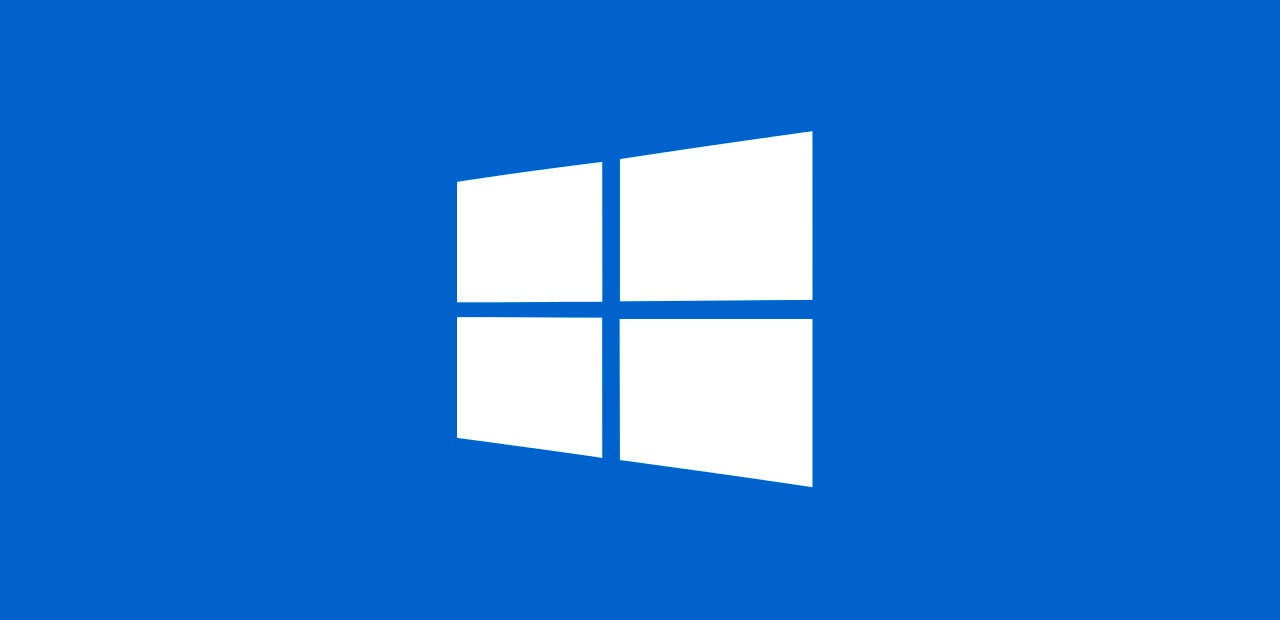It is important to check that your SSD is functioning properly on your Windows 11 PC or laptop. Over time, SSD performance may decrease, which can slow down your system or cause it to fail. Checking the health of your SSD is crucial to identify any issues. By doing this, you can verify if all its components are working correctly and determine whether your SSD is in good condition or has any problems.
It is not just about SSD health, but also about checking the speed at which the drive can read and write data. This will help you ensure that it is working as per the manufacturer’s specifications. If you notice a significant decrease in data transfer speed over time, it could indicate that your SSD is not in good condition.
Windows 11 provides various options to check SSD health, but many users face difficulties in monitoring their SSD’s health. However, there are third-party apps available that can help you with this. These apps can detect any damage or corruption that may be present and identify any defective components. They can also indicate whether the SSD is in excellent or poor condition.
In summary, it is essential to check your SSD’s health regularly to avoid any issues. In this post, we will guide you through different methods to check your SSD’s health using Windows options and third-party apps.

SSD Health Check in Windows 11
SSD health checking in Windows 11 is necessary for its speed and flexibility. Windows 11 provides several methods for reviewing and evaluating SSD Health. Follow the list below.
- Use the built-in options in Windows, like settings and command prompts.
- Third-party SSD-checking apps.
How to Check Your SSD Health in Windows 11 Settings
Windows Settings gives an easy way to check SSD health with limited information. You may watch your SSDs show remaining life, available spares, and temperatures through SSD Health Check in Windows 11.
- First, click on the Settings option on your Windows 11 computer or press the Windows + I keys together.
- From the left-hand side, choose the system and then click the storage option.
- Then select the ‘Advanced Storage’ and choose the ‘Disc & Volumes’ option.
- Next, verify each drive. When your drive is in good health, it will appear healthy. If you do not, you will be alerted.
- Then, press and hold the button on the drive to get the SSD health percentage. Then, click on the ‘Properties’ option.
- Now, you can verify the estimated life left, available spare, and temperature by going to the Drive health category.
How to Check SSD Health in Windows 11 Using WMIC
The command prompt (CMD) is a provided Windows feature that may help you monitor the SSD Health Check in Windows 11. To verify the SSD using CMD, utilize the WMIC command option. Follow the below steps.
- On a Windows 11 computer, click the Windows Key + R shortcut keys, then type ‘CMD’ and click the ‘Enter’ button. A command window will be shown.
- On the command-line window, type ‘WMIC’ and press the ‘Enter’ button.
- Once the WMIC screen opens, type ‘disc drive get status’ and click the ‘Enter’ key to continue.
- Then, the command-line window will show each drive and one of two options:
- OK – This indicates that your SSD is working well.
- Pred Fail – This indicates that your drive is about to crash.
- When the status is Pred Fail, you must quickly backup your data; otherwise, you may lose your data if the disc stops working.
Use a Third-Party Application to Check your SSD Health
Third-party applications will assist you in finding and fixing your SSD. For example, Crystal Disk Info is one of the third-party applications for checking SSD health. Different options include SSD manufacturer-specific solutions and third-party software.
To avoid security problems, always get these types of applications from trusted providers. Consider that testing the health of your SSD is an effective way to identify any issues immediately.
What are the indications of an SSD failure?
There are some indications of SSD failure, like Data corruption, performance issues, regular system crashes, and SMART alerts are all indicators of probable SSD failure. If you observe any of these problems, you should verify the health of your SSD.
Can I use third-party apps to verify the health of my SSD?
Yes, several third-party SSD tracking apps are available, like Crystal Disk Info, SSD Life, and Samsung Magician. These tools frequently give more specific details about your SSD’s performance and condition.
Which options are available for using CMD to verify the health of an SSD?
The SMART feature of SSDs allows your PC to track and identify the disc’s condition. CMD may be used to test the SSD for the following options:
- Read-write errors.
- Temperature.
- Percentage.
- Wear leveling.
- Other required issues.
Can I verify the condition of my SSD every time?
No, it is not necessary to monitor the health of your SSD regularly. Most users should regularly verify it once or twice a month or more if a problem is identified.